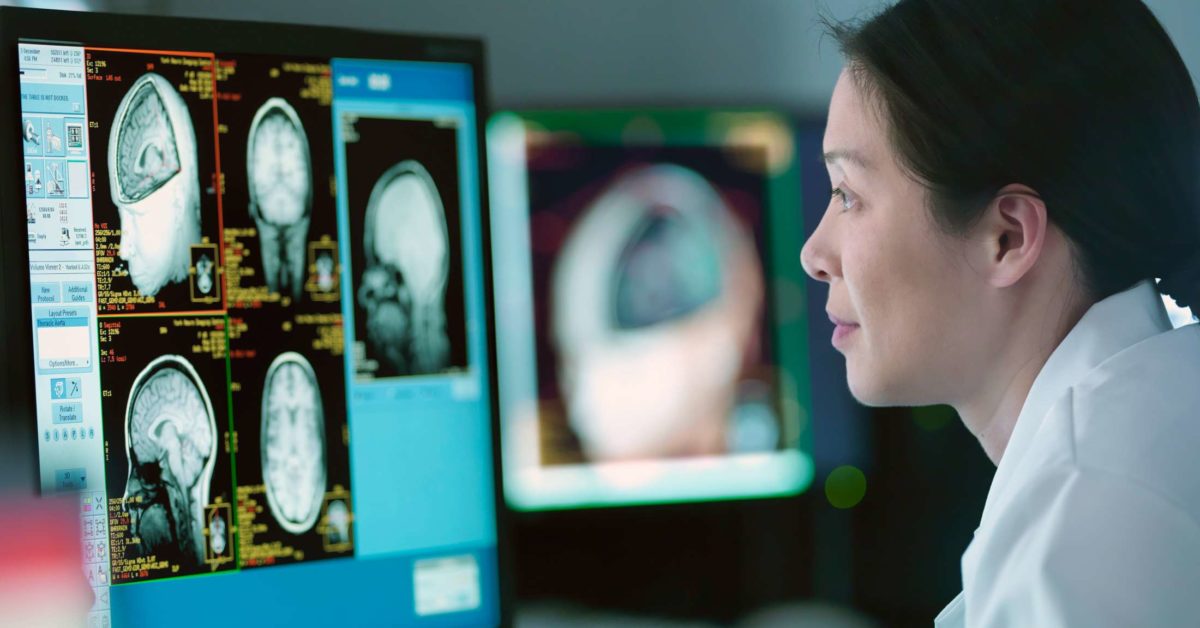742
What a neurologist does is not clear to everyone. If you are thinking of becoming a neurologist, you should know what lies behind the job description. The main areas of responsibility concern the human brain and nervous system.
What does a neurologist do? The most important things at a glance
A neurologist’s patients suffer from physical and/or mental illnesses. The diagnosis involves areas of the brain or nervous system. The path to completing a residency is long.
- Whoever wants to work as a neurologist must first complete a medical degree. The duration of the degree is usually 12 semesters. Following this, interested students begin the 5-year specialist training programme.
- In neurology, patients with clinical pictures such as epilepsy, depression, anxiety disorders, schizophrenia, migraine or Parkinson’s disease are treated. The aim is to make a diagnosis and/or alleviate the suffering of those affected with the right dosage of medication.
- The diagnosis of the neurological findings begins with a detailed anamnesis of the patient. Here, the history of the affected person is intensively dealt with.
- In the further course, the reflexes and gait are examined. This is followed by examination of the nerve pathways, motor system, cardiac function and cranial nerves. The patient’s cognitive and mental state is also assessed.
- Following the external assessment, the neurologist often orders examinations such as: a blood sample, a urine sample, an ultrasound, an electrocardiography, an electromyography, a computer tomography or a magnetic resonance imaging. These examinations serve to intensively clarify a diagnosis.
- Once the diagnosis has been established, the need for a medication plan is discussed with the person concerned. Referrals to specialists such as psychotherapists or physiotherapists follow as needed.
